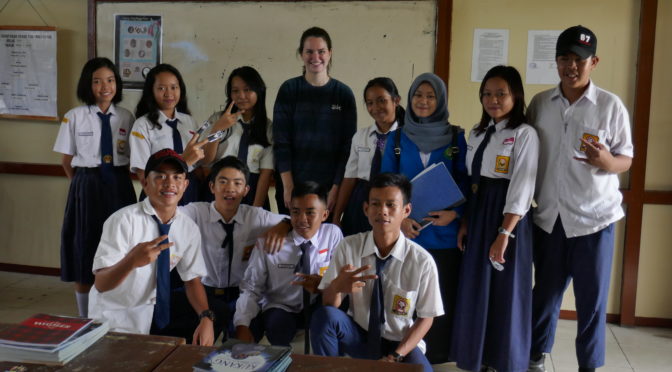Tomorrow I leave Cipaganti to return home to the U.S. I began my time at LFP over a year ago as a team member helping to conduct slow loris and education research. There were times of difficulty for sure, but also times of happiness, excitement, and amazement. This year went by impossibly fast, but I also feel like a completely different person than from when I first started. Here are some of the highlights of my time here.
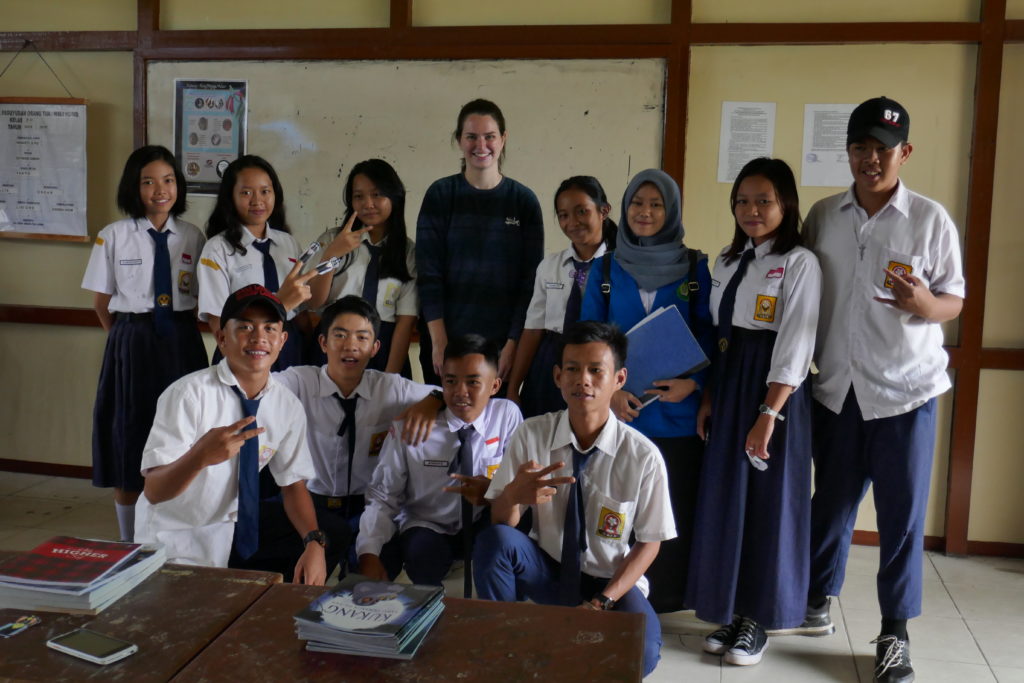
My most exciting follow
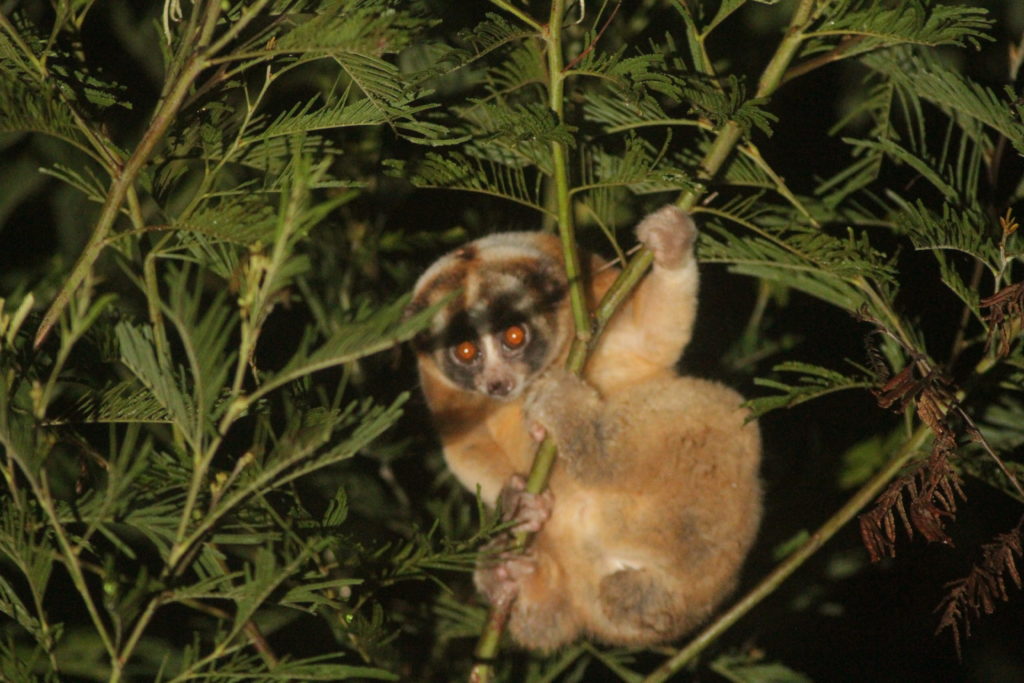
My most exciting slow loris follow was definitely with Tereh about 5 months ago. You can read the whole story here. She had recently lost her mate, Alomah, and it seemed like male lorises were coming from all around to try to fill his place. On this night, Tereh was being pursued by two different males at once. One was a familiar face, the notorious Fernando, with a reputation for starting fights and pursuing more than one female at the same time. He is also the prime suspect for the cause of poor Alomah’s death.
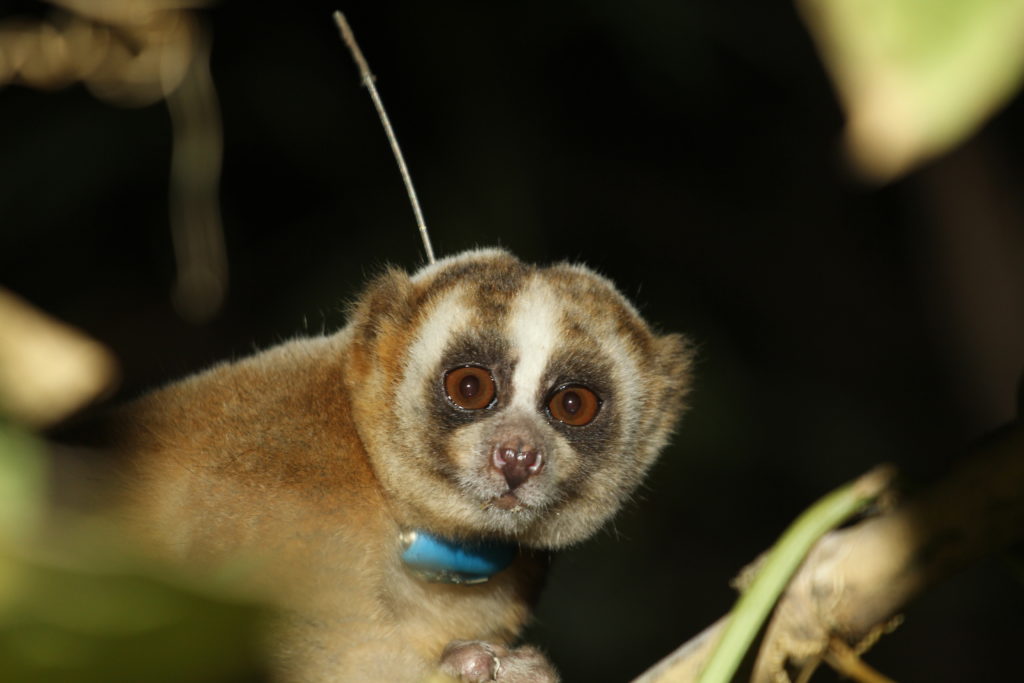
But, to Fernando’s disappointment, there was another loris this night, one even bigger than he! And this guy was not about to let Tereh go to Fernando without a fight. Matings such as this with slow lorises can often become aggressive, so Tereh was caught in the middle of these two males fighting for her affection. In the end, she chose neither! Both males ended up leaving the area – Fernando back to his original mate, Shirley, and the other male we have not seen since. In the end, it seems that Tereh chose a younger and sweeter mate, Maaf, Fernando’s son! These past few months, Maaf has been sharing Tereh’s home range and sleeping in the same patches of bamboo as Tereh and her children.
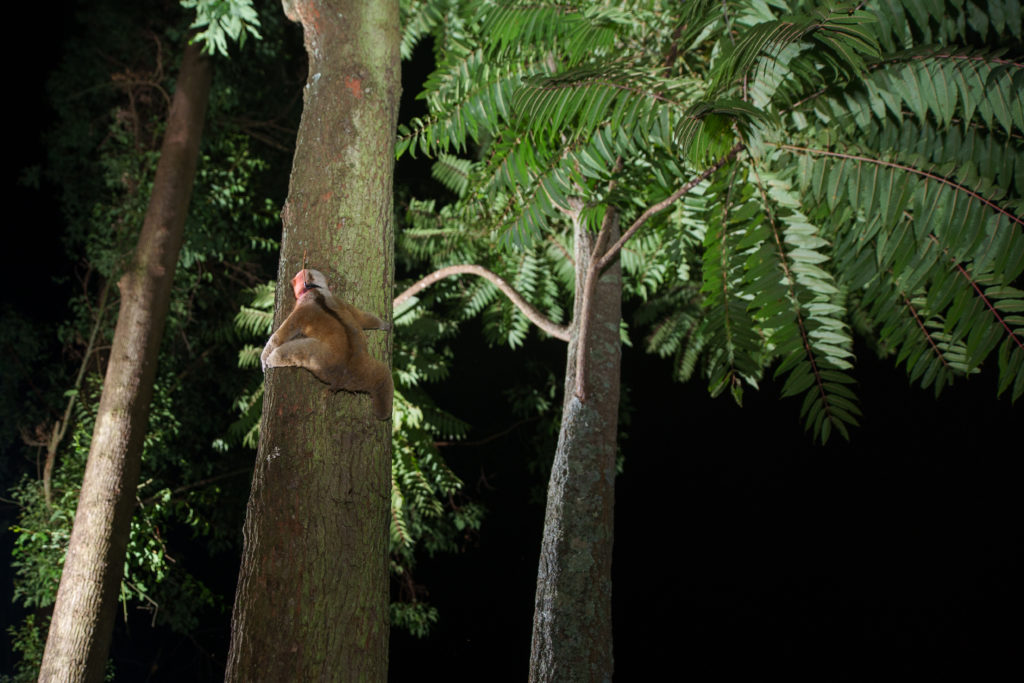
Slow loris sociality
One of the most important things I have learned about slow lorises this year is that if anyone tells you lorises are primarily solitarily animals, they are wrong. Slow lorises are very social animals, with distinct social structures and relationships. This myth may have originally come about because so often when we see lorises at night, they appear to be alone. It can be easy to overlook a slow loris in the dark – especially within the thick branches and leaves of a tall tree. But, just because we do not see something does not mean it is not there! Through the research at LFP, we have been able to show just how social slow lorises really are.
Education research
I spent a lot of my time this year helping to conduct an education project in various parts of Indonesia. I now have a huge appreciation for the people dedicating their time and efforts to educating people about nature and conservation. It really is one of the most important parts of a conservation project. You can do all the research about an endangered species that you want, but if you do not teach anyone about why these animals should be protected, habitats will continue to degrade and wildlife will continue to die.
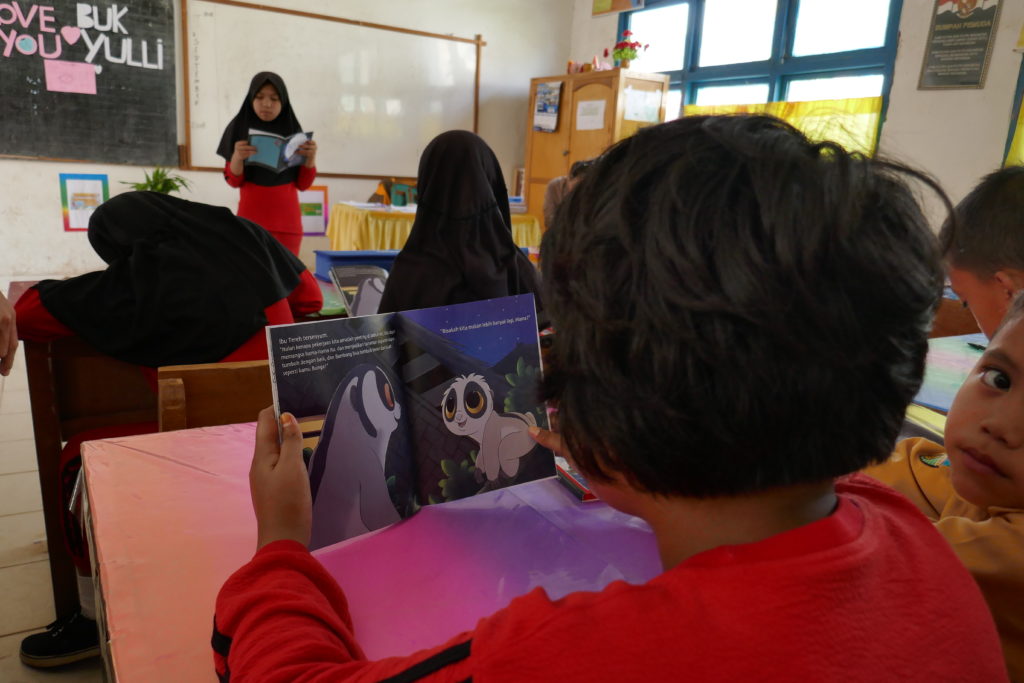
A large part of the curriculums I helped teach this year used pride as a method of inspiring people to protect the nature and animals around their homes. We hoped that in making children proud of the fact that slow lorises are a unique part of Indonesia, that they would be more excited to learn about and help to protect them. A lot of people, both children and adults, have asked me the question “why do you do research here, why not in America?” I always reply by saying that Indonesia has such amazing wildlife and forests, and that nowhere else in the world is like Indonesia, so of course everyone would want to come here to experience it.
Luigi and Kimchi
My two dog friends in the village. I first met Luigi when she had been hit by a motorbike and left in a ditch with a broken leg. You can read about that experience here. After Luigi was healed and returned to her owner, a new face in the village appeared. A handsome black and brown puppy I called Kimchi. After a while that name just kind of stuck with everyone around here – one day I was walking down the road with Kimchi following me, and a little kid told me “that dog’s name is Kimchi!”
I think it would be interesting to conduct a survey to gauge people’s attitudes towards dogs in Cipaganti. I was pleased that after I had shown some love to Luigi and Kimchi, people, especially kids, started treating them a bit differently. Kids who were originally scared when I approached flanked by 2 dogs, began playing games with them in the street, some even patting their heads sweetly if they came by to say hello.
I am very thankful to Luigi and Kimchi’s owner, a young farmer, who has put up with me for so long! I think he was at first confused by me, and then kind of thought I was funny – coming over to his house to play with his dogs, taking them on walks, bringing them gifts. That is just not a common behavior that people are used to around here.
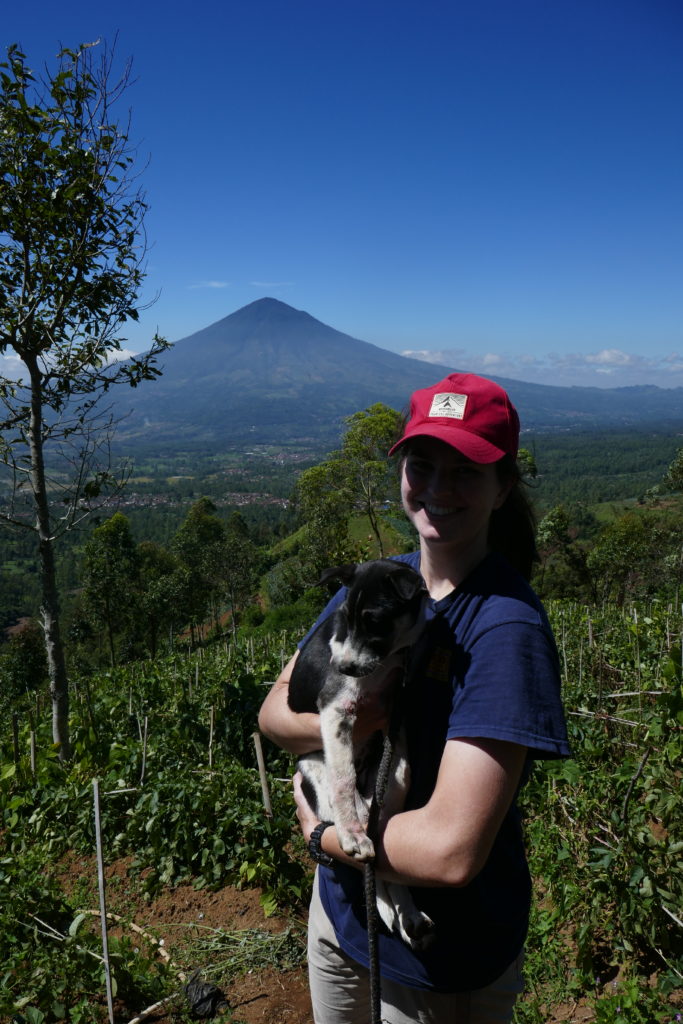
Overall thoughts
I am sad to leave Cipaganti and the Javan slow lorises, but will keep everything I have gained here with me for the rest of life. I am so grateful to everyone I have worked with, and also proud of my contributions to the project and the conservation of Javan slow lorises. This is a place I will always feel connected to. ELLA BROWN

